Traditionally Gluten Free
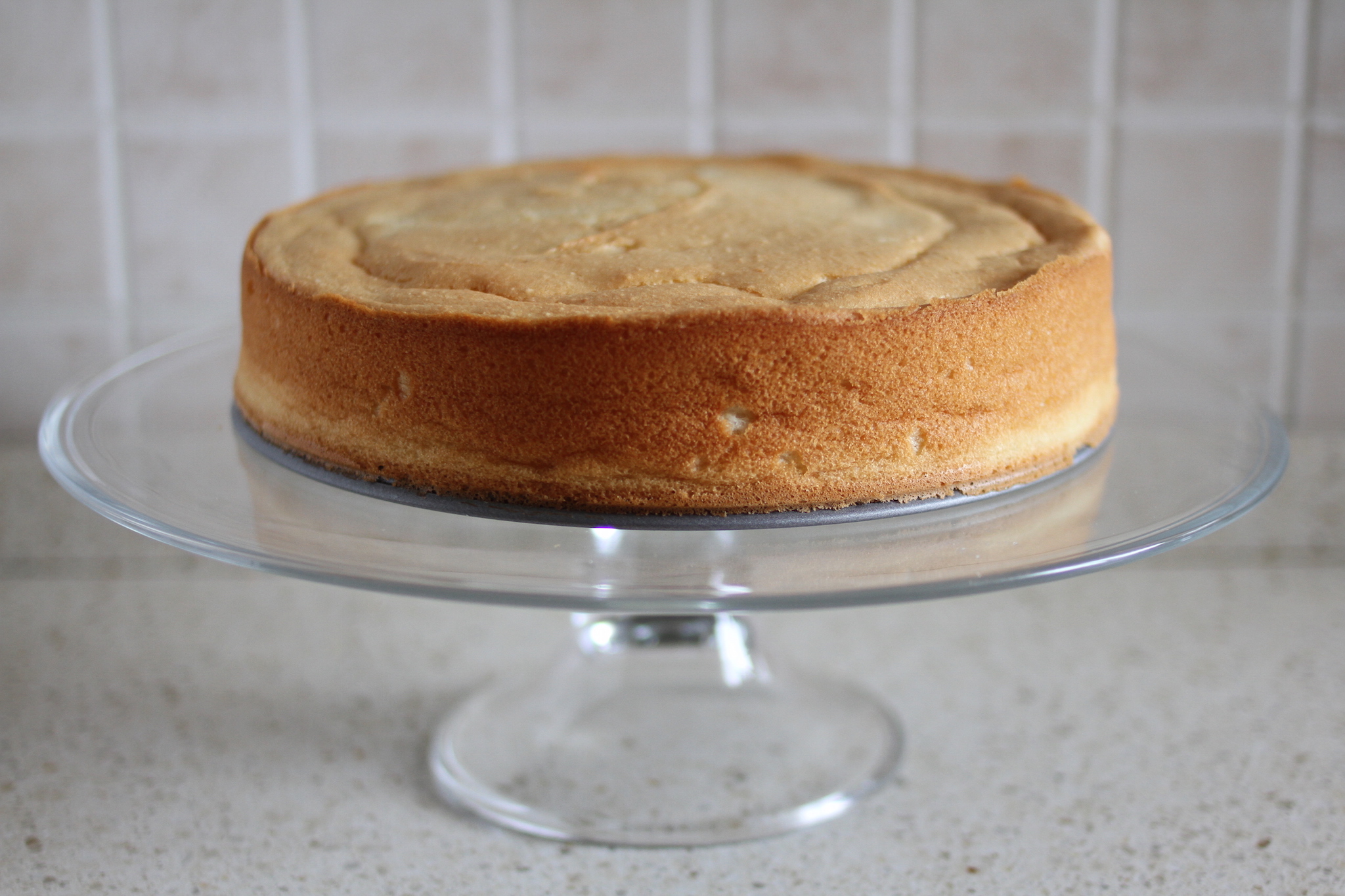
Eating gluten free is a necessity for many and a personal choice for many more. Recent articles have attempted to unfold the reason why so many of us have problems digesting gluten. At jovial, we have found that looking at the past provides help with how to have a healthier future. Much has changed about the way we grow, prepare and choose our food over the past century. Eating seasonally was not the buzz last century, it was a necessity. Although farmers learned how to store grains and vegetables, they could only eat what they had available. In some areas, wheat did not grow, and sometimes even where it did grow people would run out of it before the new harvest. As was the case with all foods, people ate what they had when they had it, and if they did not have something, they lived for a good part of the year without. In traditional Italian cooking, many regional dishes feature gluten free grains, such as corn, buckwheat, and chestnut flours because wheat was not grown everywhere, especially not in the mountains. Eating a food for part of the year and then living completely without is seasonality, which is essentially a cleansing period. This is a tradition that we do not practice in modern times since foods travel now and are available all year long.
For optimal wellness, it is a great idea to add variety and to be mindful about giving your body a rest from eating the same foods at each meal. If you eat corn chips for lunch, pass on the polenta for dinner. If you enjoy a gluten free pizza for lunch, have a bowl of soup and a protein for dinner and skip the bread. If you fill your shopping cart with the same foods each week, find a new recipe that features a vegetable you do not normally eat.
Living in Italy has taught me so much about seasonal eating and how important eating a diverse variety of foods really is. I have spent time in the kitchen observing and learning from my 82-year-old mother-in-law, who usually refers to just one cookbook- La Scienza in Cucine e L’arte di Mangiarbene. I have found many naturally gluten free recipes in this old cookbook (along with many of her dried four-leaf clovers).
I recently noticed a sponge cake recipe that is made with a few simple ingredients, which roughly translate as follows:
Potato Cake
- 700 g of potatoes
- 150 g of sugar
- 70 g of almonds
- 5 eggs
- 30 g of butter
- Pinch of salt
- Lemon Zest
Steam the potatoes. Grind the sugar and almonds together very finely. Add the sugar and almonds to the potatoes, then work the mixture with a wooden spoon for one full hour, adding the eggs one at a time, then the butter. Add the batter to a cake pan that has been greased with butter or lard and lightly dusted with breadcrumbs. Bake in the oven and serve chilled.
The first time I made this, I used yellow potatoes and followed the recipe, but I whipped the potatoes in a standing mixer (of course). I was surprised at how incredibly fluffy and light the batter became. I baked the cake again with sweet potatoes, cut down on the amount of potatoes and doubled the amount of almond flour and I really enjoyed the flavor.
GLUTEN FREE SWEET POTATO SPONGE CAKE (adapted from La Scienza in Cucine e L’arte di Mangiarbene- Pellegrino Artusi)
Ingredients
- 1¼ pounds (566 g) peeled and diced sweet potatoes
- 2 tablespoons (30 g) butter
- Pinch of salt
- Zest of ½ lemon
- ¾ cup (150 g) sugar
- 1¼ cups (140 g) almond flour
- 5 large eggs
- Powdered sugar for dusting
Instructions
- Preheat the oven to 350°F.
- Puree the steamed potatoes through a food mill fitted with the finest disc or mash with a potato ricer.
- Add the potatoes, butter, salt, lemon, sugar, and almond flour to the bowl of a standing mixer fitted with a paddle attachment.
- Process the mixture on medium for 2 to 3 minutes until fluffy.
- Add 1 egg, and process on medium for 1 minute. Continue in this manner with the remaining 4 eggs.
- Grease a 9-inch springform pan. Pour the batter into the pan and smooth out the surface with a spatula.
- Bake for 1 hour. Allow the cake to cool completely before dusting with powdered sugar.



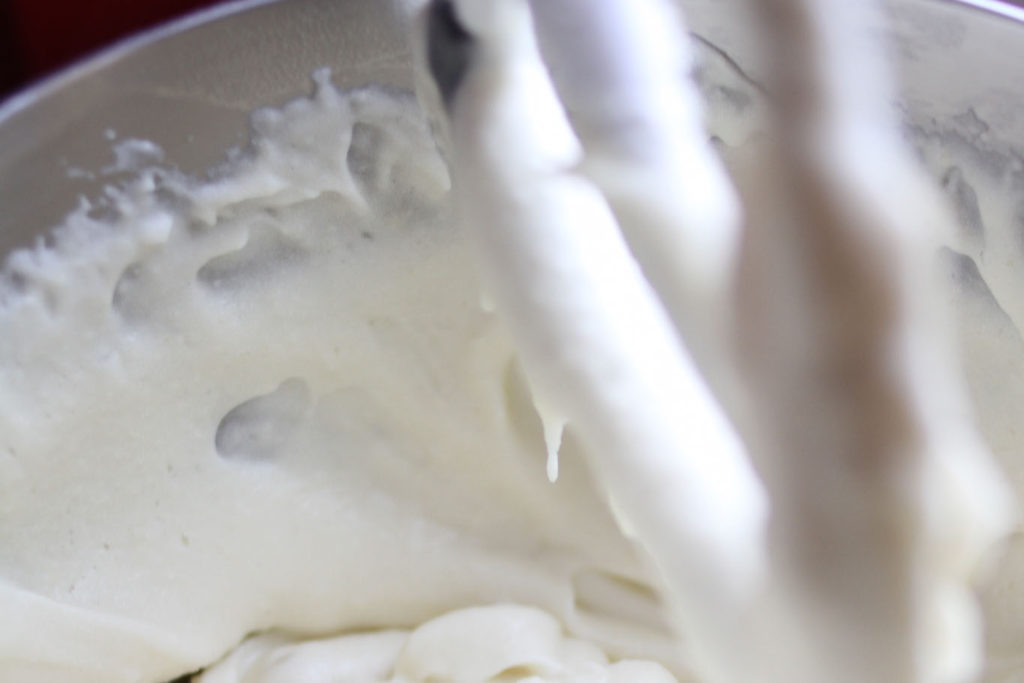
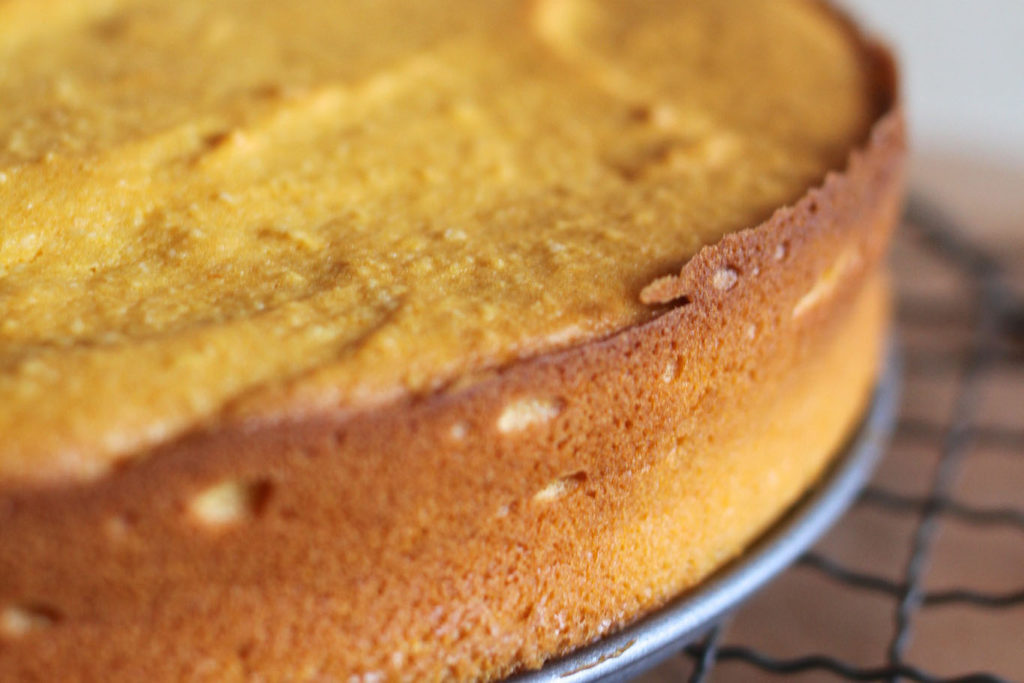
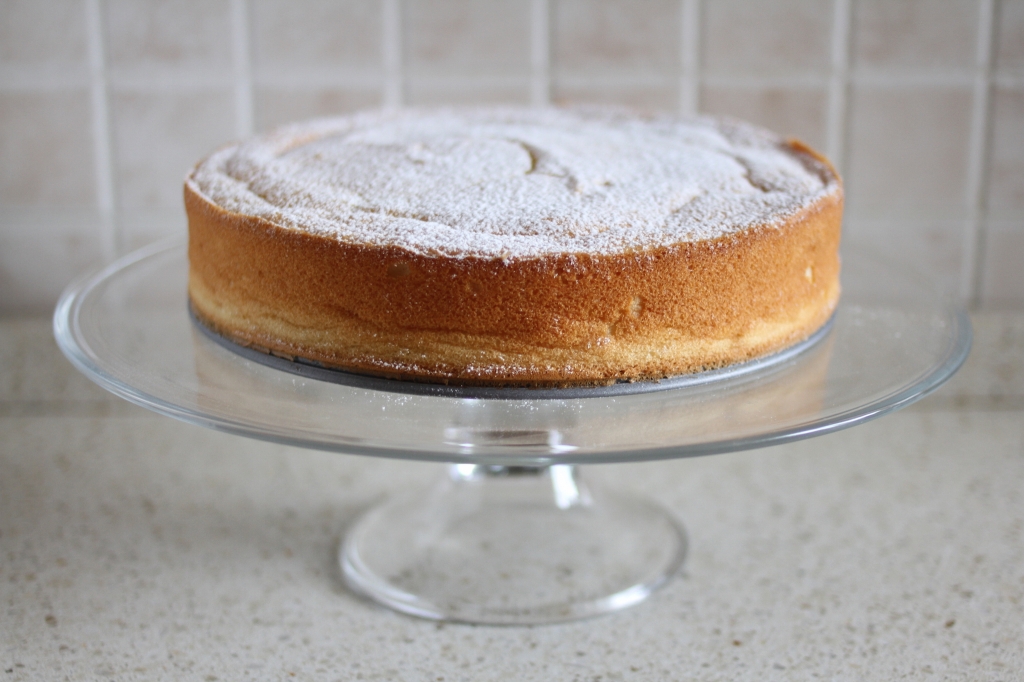
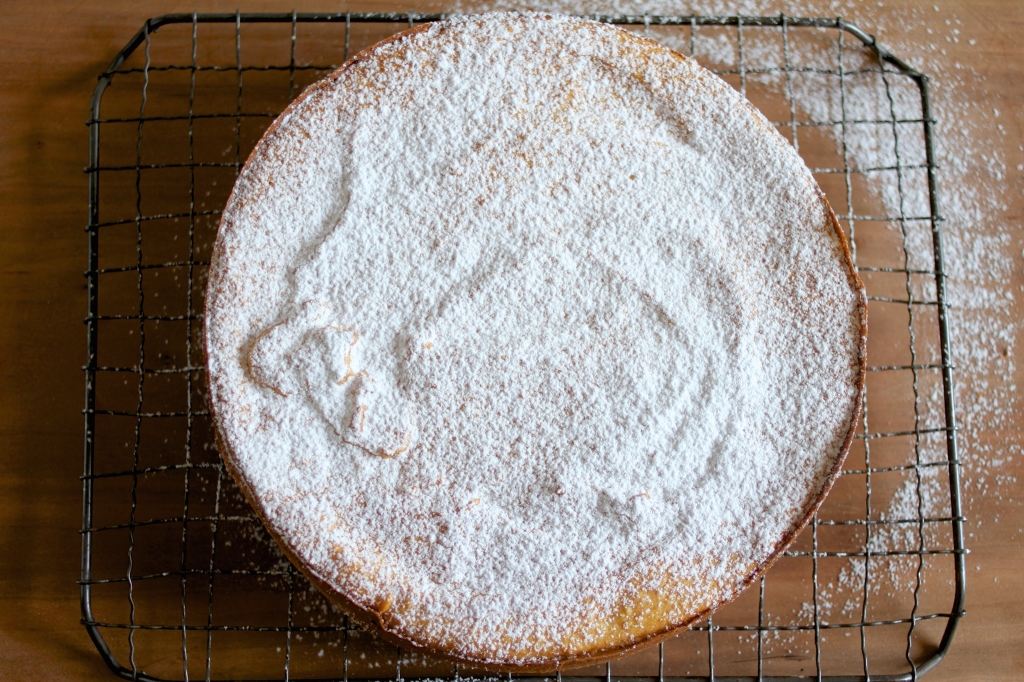

2 Comments